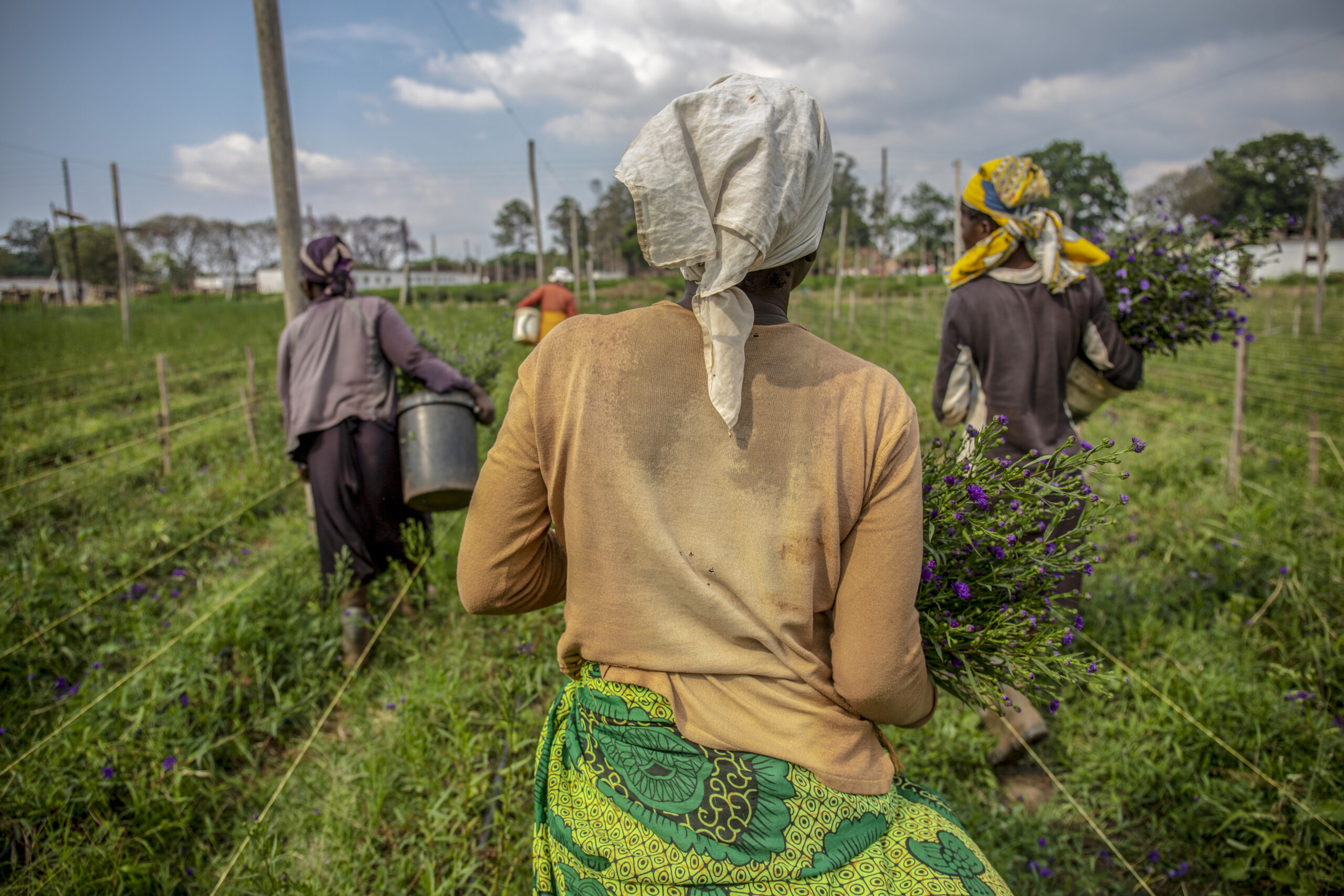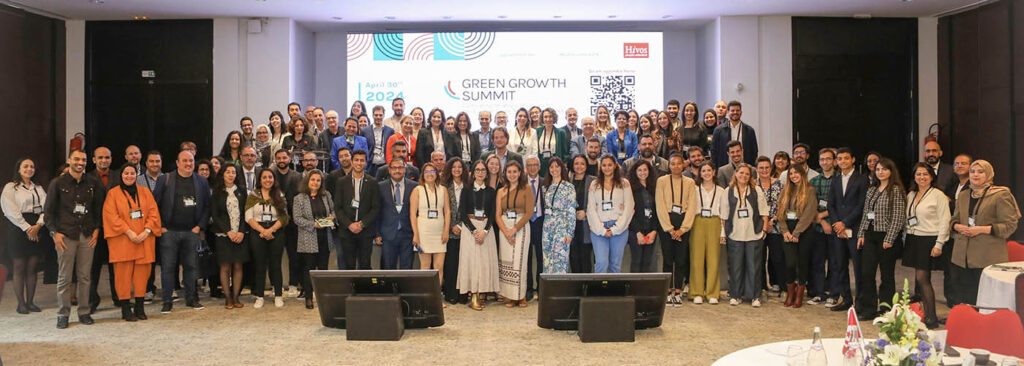Annual horticulture reporting awards to be launched
The Zimbabwe Agricultural Society (ZAS) will next year include horticulture as a category in the Agriculture Media Awards after excluding it by mistake from the inaugural awards held this year.
The presentation of the inaugural awards was held at the end of June 2019 in the categories listed below.
- Tobacco sector: Best Reporter Award
- Cotton sector: Best Reporter Award
- Wheat sector: Best Reporter Award
- Oilseeds sector: Best Reporter Award
- Cereals sector: Best Reporter Award
- Small grains sector: Best Reporter Award
- Beef and dairy sector: Best Reporter Award
- Small Ruminants Sector: Best Reporter Award
- Poultry Sector: Best Reporter Award
- Agricultural Finance and Development: Best Reporter Award
- Sustainable Agriculture, Climate Change and Environment (Smart Agriculture): Best Reporter Award; and
- Agricultural Equipment, Mechanization, Irrigation, Storage and Innovation: Best Reporter Award.
“We’ll definitely include horticulture in the next edition of the awards,” Roberta Katunga of the ZAS communications department. “It was purely an oversight to have excluded it.”
In introducing the awards ZAS was motivated by the lack of recognition of the role played by the media in agriculture.
“While agriculture is the pillar of the Zimbabwean economy, the role of the media in meaningfully promoting agricultural activities has not been properly recognized and exploited,” ZAS said.
Agriculture is the backbone of the country’s economy contributing 16 percent of GDP and sustaining 80 percent of the population. It supports a wide range of food processing and manufacturing value chains. It is one of the anchor pillars of government’s Vision 2030 aimed at transforming Zimbabwe into a middle-income economy in eleven years.
ZAS has recognized the importance of horticulture as one of the biggest subsectors of the agricultural industry.
According to Reserve Bank of Zimbabwe (RBZ) statistics, the horticulture sector has grown significantly in the last decade and has realized rapid changes in relation to global value chains.
Value chains in this sector have gained wide momentum as they are a major source of foreign currency generation, employment creation and general economic growth and development.
In the 2018-19 agriculture season government vowed to resuscitate horticulture markets. The Netherlands is the chief market for the Zimbabwe’s horticulture produce.
In the 1980s and 1990s, the horticulture sector grew rapidly and contributed between 3,5 to 4,5 percent of the GDP and was second to tobacco in foreign currency earnings, according to The Herald newspaper, quoting the RBZ.
Horticulture exports grew from $3,5 million in 1986 to $32 million in 1991 and reached its peak of $143 million in 1999.
In 2016, according to The Source website, the country earned $72 million from the sector.
The expected outcomes of the awards were to improve the coverage of agriculture related news; lobby and advocate for policy and optimum conditions for the success of agriculture; strengthen relations in the agriculture value chain; and to capacitate agricultural reporters.








